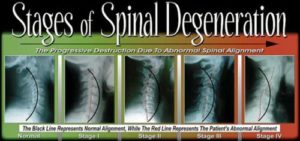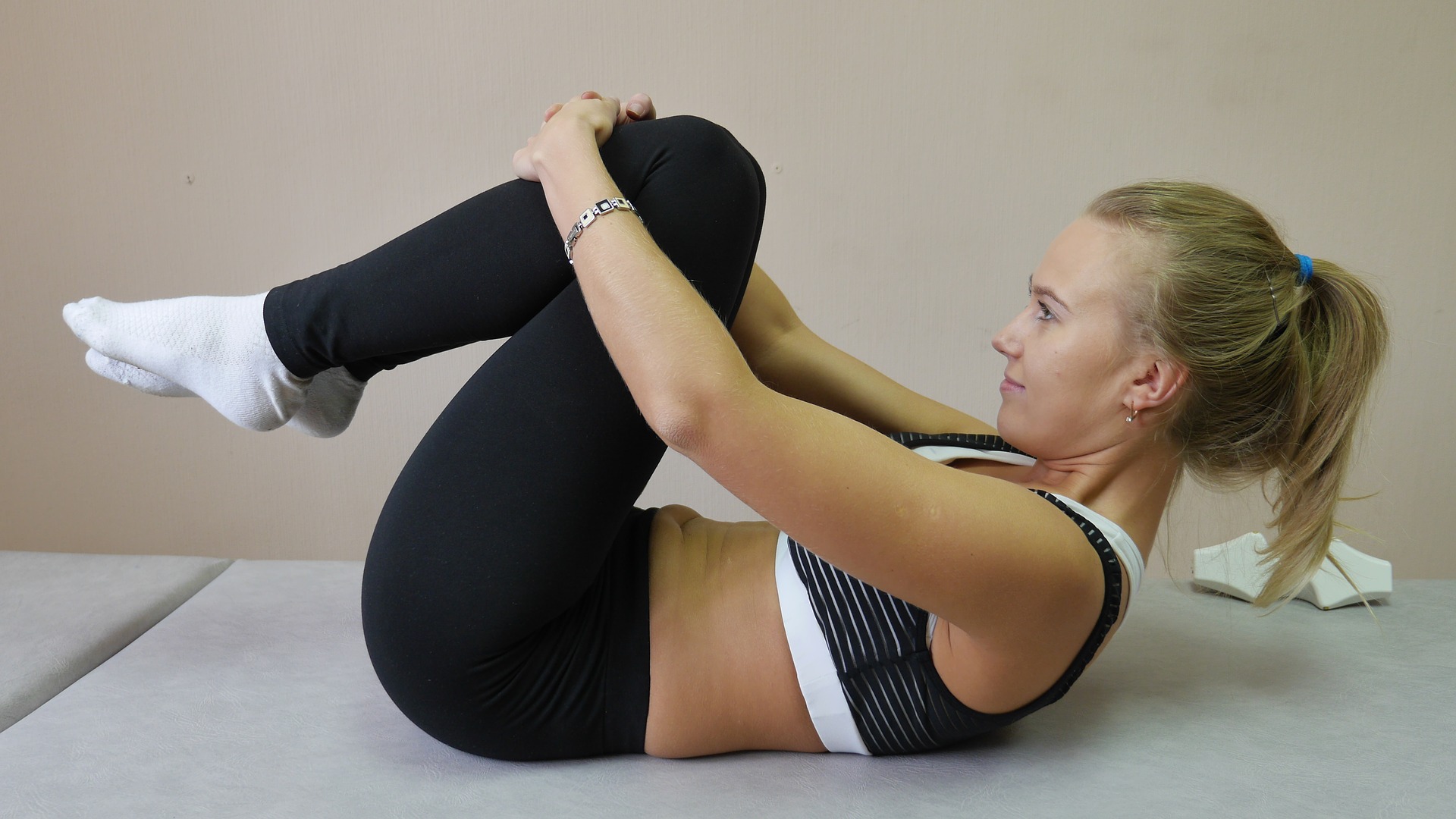What’s the deal with spinal curvature?
Can a Chiropractor correct it?
Does it matter?
Is correcting it a meaningful correction?
These are some of the questions that we have to consider.
Here’s the idea:
The idea is that we see a process of degeneration in the cervical spine, that as it gets worse, the cervical spine seems to also straighten.

So, we might naturally think, if we can keep the spine from straightening, or restore it, then we’ll slow down or stop the degeneration process. And that’s not a bad initial thought.
If possible, the easiest solution for restoration is if someone could just do something to you, like adjust your neck to restore the curve.
But there’s a lot of assumptions here that I’ll go into.
The first problem
The first problem is when we miss the point – and I don’t mean you, I mean when a professional misses the point. And it’s worse when a professional misses the point and you’re not sure if it’s out of ignorance or if they’re doing it because they profit by twisting the information and using it for their own gain.
Here’s what I mean –
There’s a study (several actually) that show that grip strength is correlated with health and quality of life in our later years. In other words, people with more grip strength have a higher likelihood to live longer. That’s not exactly shocking when you think about it. When you’re 75, more strength tends to mean that you’re doing better physically. It’s nice to have the research to back up the common sense, though.
There’s additional research that shows that greater stride length and walking speed when you’re older correlates to greater longevity – another strength/physical metric. Not exactly shocking. When you see people walking with small steps when they’re 60+ (or younger) – it’s easy to see that they’re not doing great.
And there’s another one. Your ability to get up from the floor, how quickly and with as few support limbs as possible is another predictor of longevity. These three studies all basically tell us the same thing regarding the importance of our physical strength, mobility, and endurance related to our longevity.
How do we interpret and use this data?
Now, we could take the grip strength study and start training everyone’s grip strength, but that would be completely missing the point. People have greater grip strength because of all the beneficial physical things that they’re doing. They’re not specifically training their grip strength. And you’re not going to get the benefits by merely squeezing some springs to increase your grip strength.
So, is having a normal or “good” cervical curvature a good thing? Yes.
But you can’t shortcut or bypass this by having someone adjust you back to a normal curvature. That’s the same as trying to get longevity through training your grip strength with a springy device.

A good cervical curvature comes from a well-functioning spine.
A well-functioning spine is a spine that you take care of by using it in good positions most of the time – aka good posture.
It comes from keeping your muscles toned and strong.
It comes from the stability of the muscles that support it by using them in good positions and getting exercise.
Too much stressful use can lead to faster degeneration, but underuse is also a recipe for spinal degeneration.
And that’s the key to minimizing spinal degeneration over time.
A chiropractor can help you through this process by being a guide to understanding what good posture and positions are. They can help facilitate making the process easier, freeing up joints that haven’t moved in a while and giving you exercises to support good postures and help keep the muscles strong and healthy. But they can’t do it to you. They can only guide you. It’s really something that you have to do, to a large extent, on your own.
The second problem
This goes back to professionals twisting information for their own gain.
Some chiropractors concern themselves with directly addressing spinal curvature and other chiropractors are not directly concerned with this metric.
Why the difference in belief?
Is a “normal” cervical curvature a good thing to have? Yes it is.
But let’s not miss the point.
And, although, it’s normal even for professionals to miss the point sometimes. Sometimes it’s an honest mistake, and sometimes it’s an issue of ethics and integrity.
Many chiropractors make no particular attempt to correct the curvature of your spine, at least not directly.
For example, I’m concerned with the health of my patient’s spines, and so we do things that are healthy for spines to do. The curvature will be what the curvature will be.
But the chiropractors that do tend to concern themselves with the curvature of a person’s spine, with high correlation, tend to be the same chiropractors that will start people on long and lengthy treatment plans with the promise of “correction” and “fix”.
And, here’s the kicker – at the end of that long and lengthy treatment plan is the additional upsell that if you want to keep and maintain your “fixed” spinal curvature, you’ll need bi-monthly to monthly visits forever.
And perhaps that would be worth it if you were truly fixed and they could keep you fixed.
But spinal health is, fundamentally, only something that someone can guide you in.
Getting regular adjustments forever is not the key to spinal health.
So, I guess it depends on how you to define “fixed”.
Based on what I know about spinal biomechanics, fixing my own neck and back pain, and treating many people for spine pain and dysfunction – chasing spinal curvatures is at best chasing the wrong metric and at worst a scam or gimmick. Personally, I’m always skeptical of chiropractors that have a spinal curvature focused practice and I know many, many chiropractors that share that skepticism.

